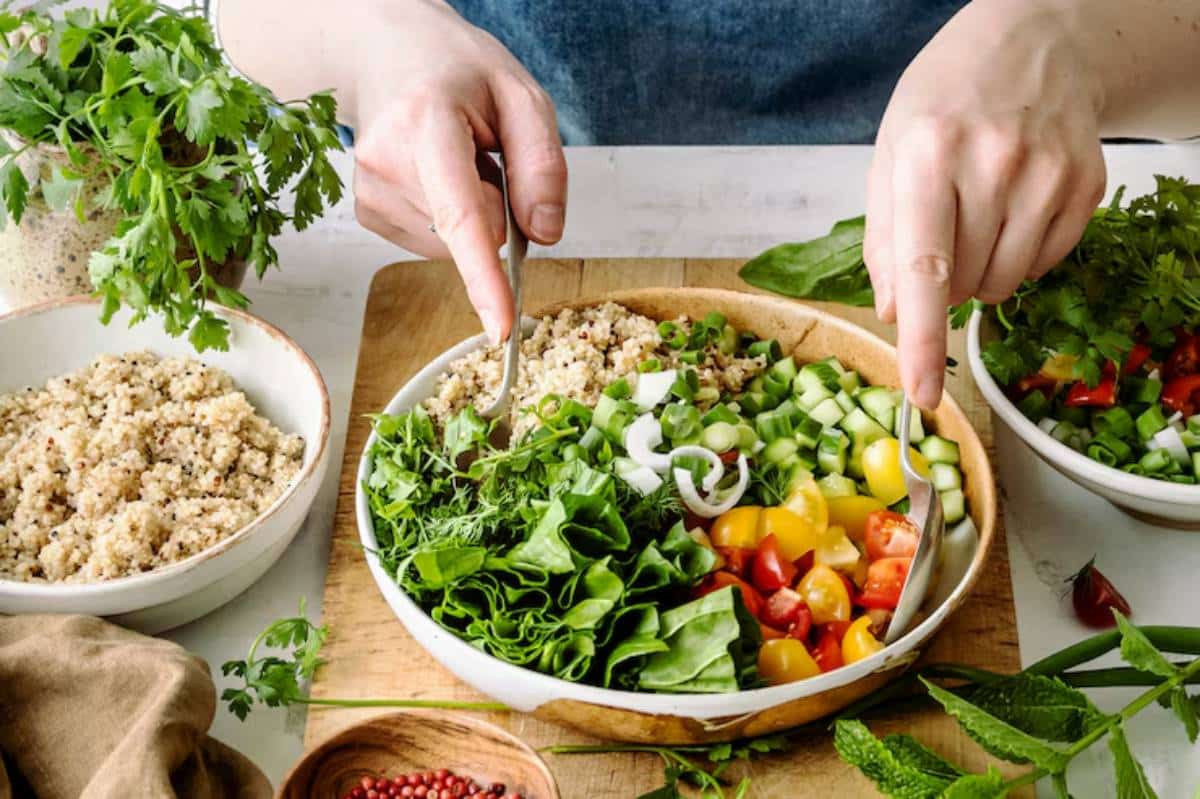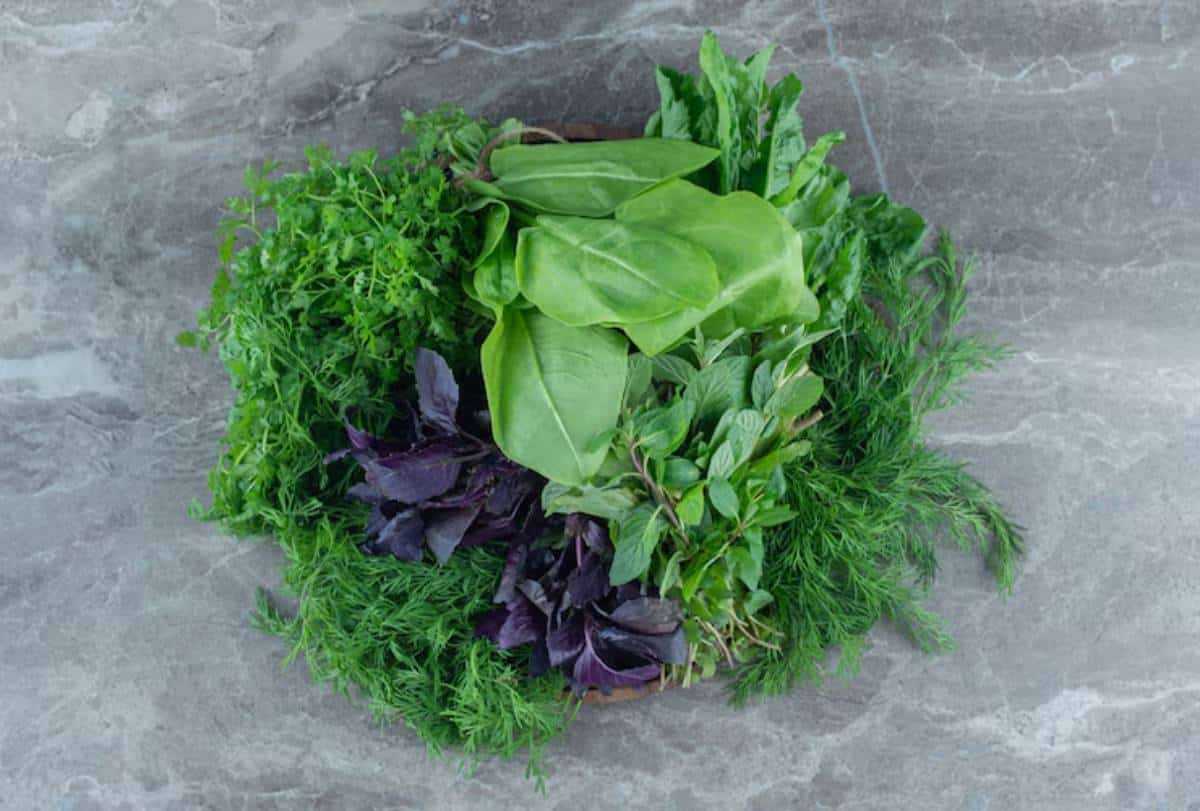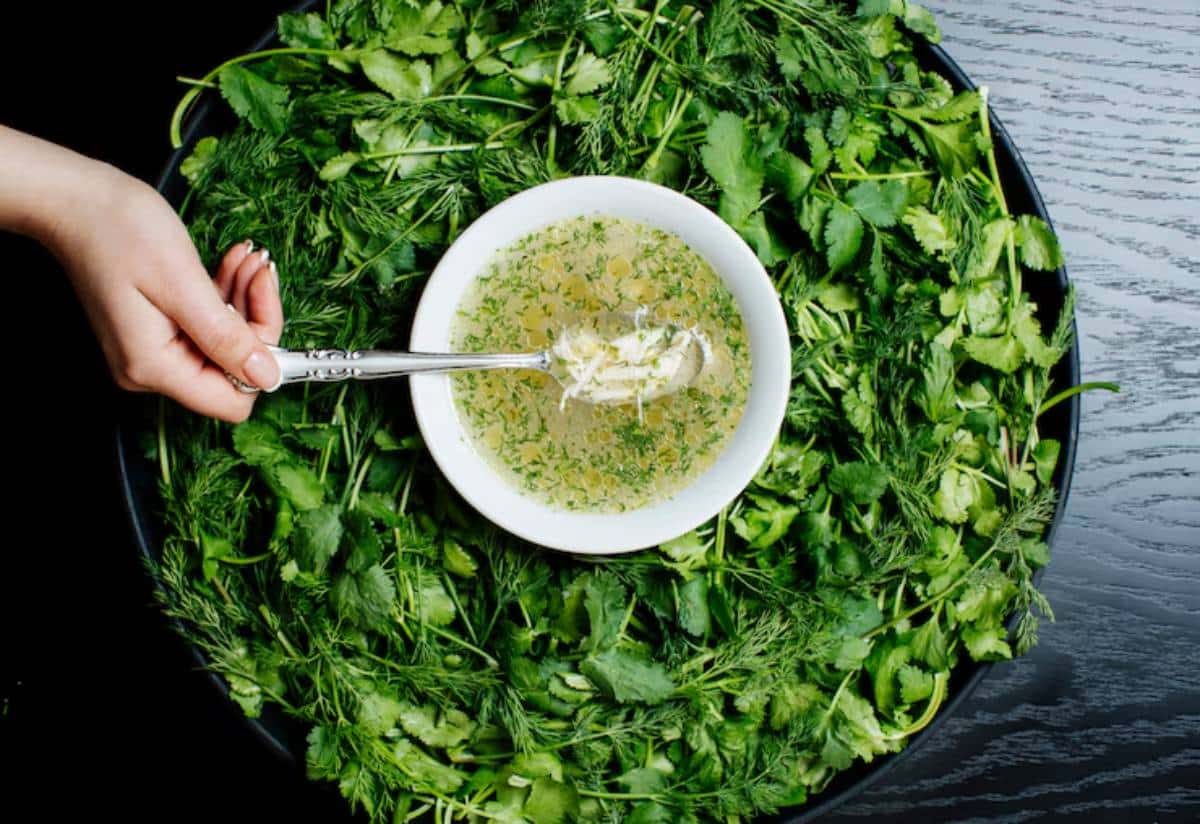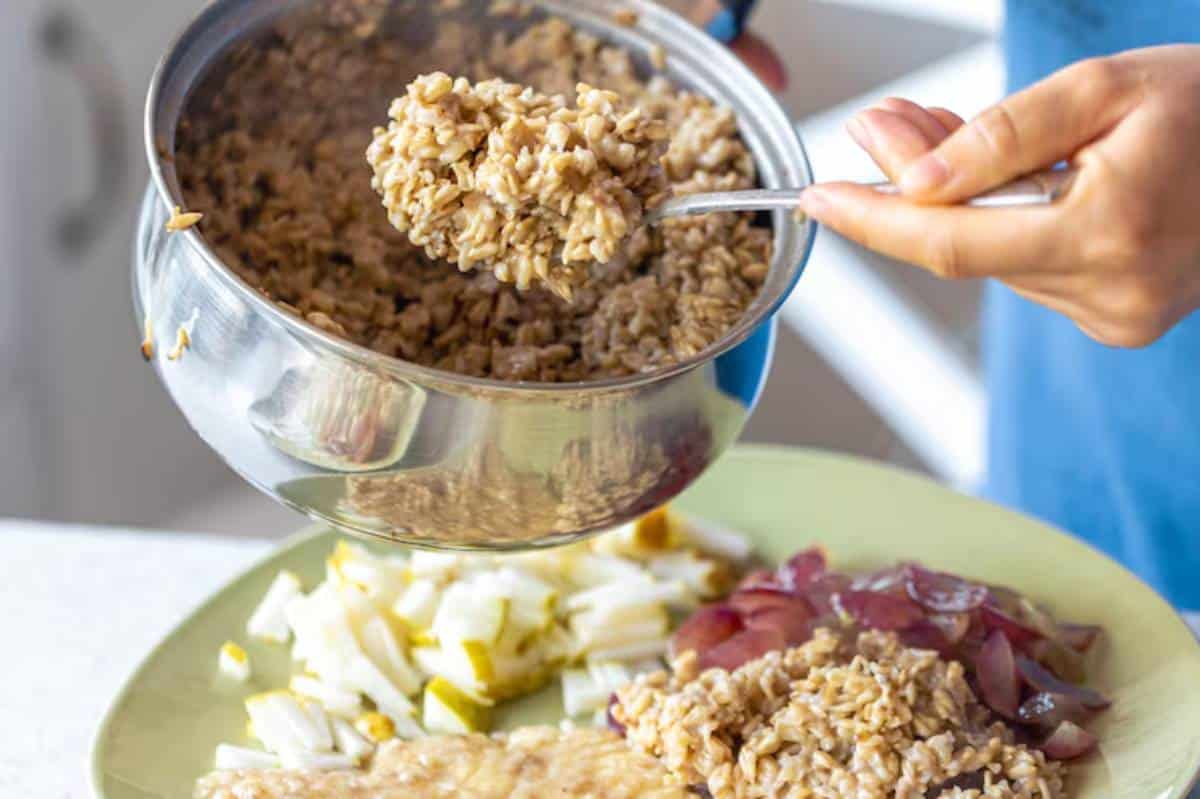
The Role of Greens in Mediterranean Eating
When people picture Mediterranean food, they often think of sun-ripened tomatoes, crusty bread, olive oil, and grilled fish. But there’s a lesser-sung hero that deserves just as much attention: leafy greens. From wild chicory to tender spinach, greens in Mediterranean eating are more than background players—they’re the quiet champions of health and flavour.
Across Greece, Italy, Lebanon, and Spain, you’ll find these nutrient-rich leaves cooked, stewed, sautéed, or tossed raw in lemony dressings. In fact, greens are so vital to the Mediterranean table that many traditional meals would be unthinkable without them.
In this guide, we’ll dig into the most popular varieties like spinach, Swiss chard, and kale, how they’re used in healthy green meals, and how you can incorporate them effortlessly into your own cooking. Get ready to green your plate with purpose and passion.

Why Leafy Greens Are a Mediterranean Staple
1. Rich in Nutrients
- Packed with iron, calcium, fibre, and vitamin K
- High antioxidant content supports cell repair and immune health
2. Low in Calories, High in Satiety
- Volume without heaviness
- Keep you fuller for longer, ideal for weight management
3. Flexible Across Cooking Styles
- Delicious raw, braised, sautéed, stuffed, or blended into soups
4. Central to the Mediterranean Diet Pyramid
- Often served as a main or side in both everyday and celebratory meals
Common Mediterranean Greens
1. Spinach
- Mild and versatile
- Used in pies (like spanakopita), sautés, and raw salads
2. Swiss Chard
- Earthy flavour with vibrant stems
- Braised or cooked with olive oil, garlic, and lemon
3. Kale
- Hearty and slightly bitter
- Often added to soups and grain bowls
4. Arugula (Rocket)
- Peppery bite
- Common in salads and pizza toppings
5. Dandelion Greens
- Bitter and complex
- Often boiled and dressed with olive oil and lemon
6. Collard Greens
- More common in Mediterranean-inspired fusion cooking
- Stewed with legumes or grains

How Greens Are Used in Traditional Dishes
Greek Horta
- Wild or cultivated greens, boiled and served warm with lemon and olive oil
Spanakopita
- Greek savoury pie filled with spinach, herbs, and feta cheese
Turkish Zeytinyağlı Ispanak
- Spinach braised in olive oil with rice and onions
Italian Ribollita
- Tuscan soup with kale, beans, and stale bread
Lebanese Sautéed Greens
- Chard or spinach sautéed with garlic and lemon
Spanish Acelgas con Garbanzos
- Chard and chickpeas cooked with paprika and garlic
10 Healthy Green Meals You Can Try Today
- Spinach & Feta Omelette
- Quick and packed with protein and greens
- Chard & Lentil Stew
- Comforting, iron-rich, and hearty
- Kale & Chickpea Grain Bowl
- Balanced with grains, protein, and tahini dressing
- Rocket Salad with Walnuts and Pomegranate
- Sweet, peppery, and crunchy
- Swiss Chard Frittata
- Oven-baked for easy batch cooking
- Spinach & Quinoa Stuffed Peppers
- Mediterranean twist on a vegetarian classic
- Green Smoothie with Kale, Banana, and Mint
- Refreshing and energising
- Lemony Sauteed Greens
- Any mix of spinach, chard, kale, with lemon and garlic
- Kale Pasta with Olive Oil and Anchovies
- Simple yet flavourful
- Horta with Grilled Halloumi
- Greens made luxurious with salty cheese
Try it with low-sodium Mediterranean meals for heart health
Cooking with Leafy Greens

1. Wash Thoroughly
- Especially important for bunched or wild greens
- Use a salad spinner or let them soak in water
2. Don’t Overcook
- Quick sauté or steam preserves nutrients and texture
3. Balance with Acid
- Lemon juice or vinegar brightens their flavour
4. Use the Stems
- Swiss chard stems can be sautéed or pickled
- Kale stems can be chopped finely and cooked down
5. Pair with Good Fat
- Olive oil helps absorb fat-soluble vitamins (A, D, E, K)
Greens at Breakfast: Start Your Day Right
- Add to eggs: Mix in chopped spinach or kale with scrambled eggs, omelettes, or frittatas. This adds extra fibre and nutrients quickly.
- Smoothie upgrade: Blend a handful of baby spinach or kale with a banana, Greek yoghurt, and a splash of almond milk. You won’t even taste the greens!
- Green toast toppers: Use sautéed chard or arugula as a warm base for poached eggs on whole-grain toast.
- Savoury oats: Mix in steamed spinach, a bit of olive oil, and some za’atar or feta. This adds a Mediterranean twist to your usual porridge.
- Yoghurt bowl bonus: Add a spoonful of herby sautéed greens beside your savoury Greek yoghurt breakfast bowls.
Why it works: Greens fit easily into morning meals. They help you boost your daily fibre and vitamin intake. Plus, there’s no fuss or cooking time needed.
Greens & Gut Health
Leafy greens aren’t just tasty; they’re gut-friendly too. Their fibre feeds good bacteria in your digestive system, helping balance your microbiome. This, in turn, improves digestion, energy levels, and even mood.
Try including a serving of greens in both lunch and dinner to see noticeable improvements in digestion and overall well-being.
Weekly Meal Plan Featuring Leafy Greens
Monday: Greek horta with boiled potatoes + grilled chicken
Tuesday: Spinach & quinoa-stuffed peppers + yoghurt dip
Wednesday: Lentil and Swiss chard stew + flatbread
Thursday: Kale pasta with anchovies + side rocket salad
Friday: Spanakopita + tomato & cucumber salad
Saturday: Chard frittata + roasted aubergines
Sunday: Ribollita with crusty bread + green apple for dessert
Conclusion: Go Green, Mediterranean-Style
Leafy greens are more than just a garnish or salad base. In Mediterranean cooking, they take centre stage in everything from stews to savoury pies. By incorporating spinach, Swiss chard, and kale recipes into your meals, you’re embracing a cuisine rooted in balance, health, and flavour.
Next time you plan your weekly meals, think beyond lettuce. Explore the deep, delicious world of Mediterranean greens and elevate your home cooking to something both comforting and vibrant.


